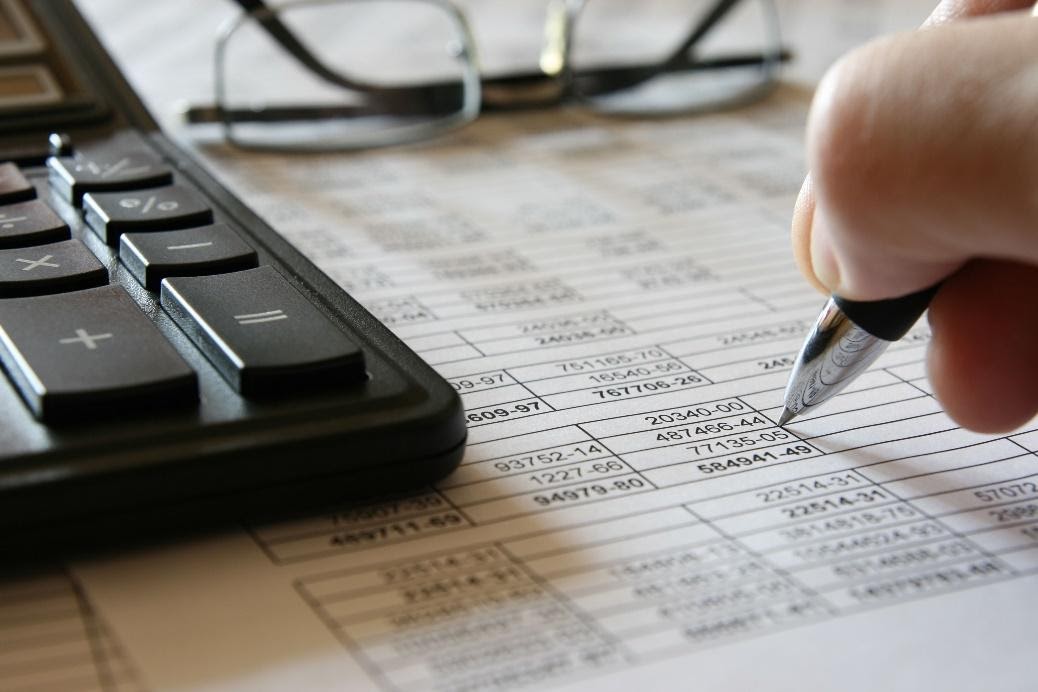The Peculiarities of a Single Entry System and a Double Entry System
Every bookkeeper must know about the double entry system. The double entry system in bookkeeping is one of the main elements of the formation of reliable information on the economic operations of the enterprise. The rule of double entry of business transactions, in comparison with the rules of a single entry system, allows you to observe the balance and identify errors in bookkeeping.
What is the double entry system?
The principle of double entry is attributed to accounting. This is a method of accounting in which the accountant displays any change in economic activity (purchase, sale, and other transactions) on two accounts of financial accounting, providing the balance of the institution. At the same time, each institution is obliged to display all operations in the accounting department upon its implementation. Accounting is continuous; that is, the business documents all operations.

The principle, advantages, and disadvantages of double entry system
Every accountant knows the advantages and disadvantages of the double entry method. Each register (standardized form) of the documentation contains a debit and credit account. No matter what operating a business carries out, it always changes two accounting accounts – one on the debit side and the second – on credit. Thus, the business achieves equality of the assets and liabilities. Organizations in all countries accept this principle of documentation. International accounting standards also approve it.
Assets and liabilities
The assets of the institution reflect information about the property according to the double entry system, which includes:
- cash (cash and accounts with financial institutions);
- fixed assets (real estate, equipment);
- inventories (goods, materials for production);
- intangible assets (scientific developments, programs, and other intangible assets);
- long-term financial investments;
- accounts receivable (debt of the contractor or the buyer to the organization)
Liabilities reflect the sources of the property and assets of the institution, and they can include according to the double entry system:
- accounts payable (the company’s debt to the supplier, contractor, client and other);
- authorized capital and other funds (reserve, additional);
- uncovered loss of the current period or prior years;
- tax liability;
- retained earnings.
Each transaction that is accepted for accounting is called a transaction in the double entry system. That is, when performing any operation of an economic nature, records are made in the accounting file. This file changes the book value of the institution. In this case, the assets and liabilities of the institution change by the same amount. Thus, it is easier for accountants, auditors and tax authorities to identify mistakes in the accounting process. If the operation of economic nature were carried out incorrectly, the balance of the institution would not be achieved.